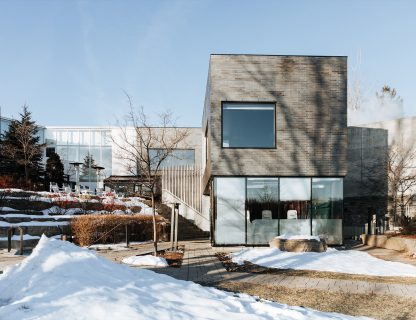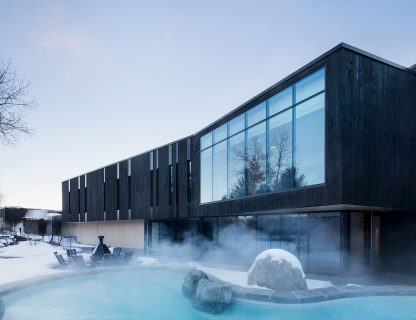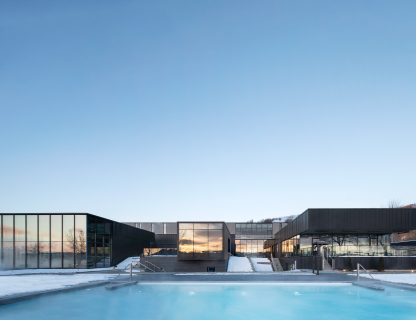ONE STEP AT A TIME — Time flies and every last second is occupied, busy and overloaded. We think about the future without taking time to live in the moment. In the blink of an eye, the kids are walking, going to school, asking for the keys to the car, falling in love and graduating from university.
New parents often feel the urgency to enjoy infancy, as it quickly slips through their fingers. Life goes by fast, and it’s quite normal to sometimes want to press “pause” to catch your breath and slow down. This is where the concept of slow parenting comes in.
PROXIMAL PARENTING AND SLOW PARENTING
The different concepts that are attributed to proximal parenting are definitely quite similar to those of slow parenting. In fact, freedom of movement, baby-led weaning, breastfeeding, baby-wearing and co-sleeping all have the goal of prioritizing the unique pace of each child. In fact, in the first months of their lives, children begin controlling their heads, rolling, crawling, moving about on all fours and toddling, all of which build their strength, postural control and coordination. They develop notions of time and space that will serve them throughout their lives for both their motor skills and all the rest of their pursuits.
The brain builds certain areas that specifically and respectively are responsible for every part of the child’s body, including memory-related areas, the limbic system and executive functions. These main areas are pillars of the maturation of communication, language and cognitive learning (academic). According to Ghassabian et al. (2016) and the Upstate KIDS Study, “the age a child first stood was a significant predictor of later cognition. […] there was a linear relation between the age at achievement of standing and IQ in adolescents and neuropsychological performance in adults.”1 The research shows that what happens in the first year of an infant’s life can have significant importance for the child’s future.
Clearly, it isn’t necessarily desirable for children to achieve certain milestones earlier than expected. At eight months, rather than encouraging walking, it’s usually wise to respect the child’s desire to crawl on the ground to allow them to experience healthy neurological development. This concept of freedom of movement is part of respecting the process of toddlers’ brain maturation and promotes its development.
In many ways, proximal parenting and caring is part of the slow parenting movement. In both cases, children are encouraged to experiment and explore by themselves as we observe and help them as needed. That way, we can give children the time to really be children.
Slow parenting doesn’t at all mean putting everything on hold, but rather taking back some time to enjoy the small pleasures of daily life, being more present in the moment and improving your quality of life. In this way, you can help children go at their own pace while fostering their independence, enhancing communication and building interpersonal relationships.
Although newborns innately go at their own pace, the environment where they develop can nurture this inclination to be attentive to themselves or, conversely, negatively affect them. This goes to the heart of the concept of slow parenting: Sensory and motor experiences affect brain architecture. Proximity enables you to be attentive to the baby’s needs and desires, and the way you respond to them helps build connections in the brain that provide a solid foundation for all that awaits him or her in life.
A LIFESTYLE TO ADOPT AND ADAPT
The practice of slow parenting doesn’t require specific skills and is easily integrated into everyday life. The first simple trick is to learn from children. Their perception of time isn’t the same because they are more rooted in the present, not caring what will happen in the future and what has happened in the past. You should also choose activities for them because they are fun for everyone, not for the way they fit into a schedule. Go outside! Take the opportunity to see what nature has to offer: its sounds, colours, smells and textures. The outdoors offers a wonderful opportunity to discuss what children see, smell and touch.
Make adjustments based on children’s needs. Just go along with their tempo and observe the world as they perceive it: this is what sets the tone for a slower, more enjoyable life.
1 Ghassabian, A. et al. (2016). Gross motor milestones and subsequent development, Pediatrics, 138(1). doi: 10.1542/peds.2015-4372







